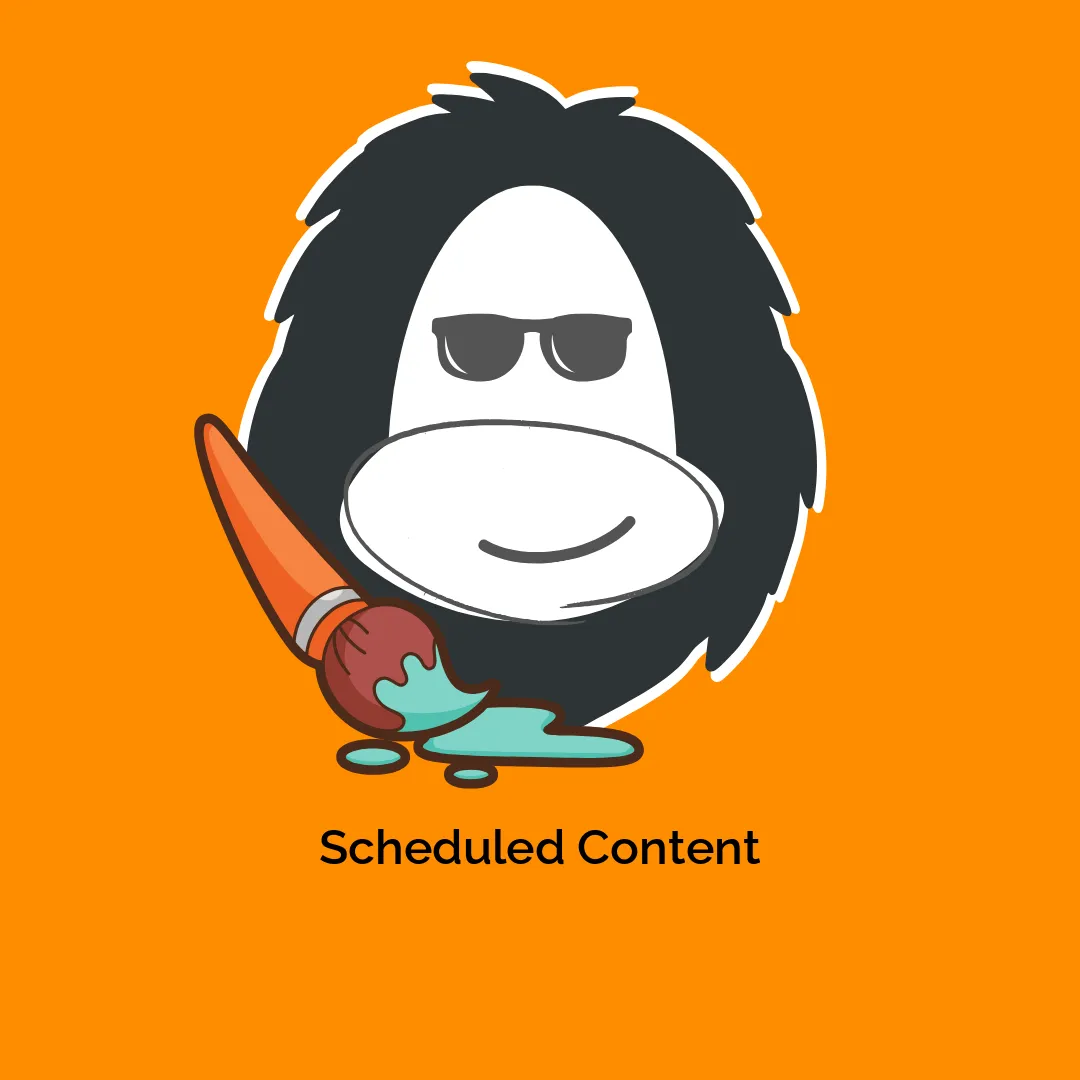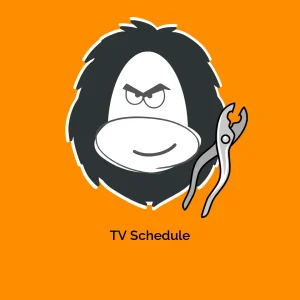Unlocking the Potential of Scheduled Content
Scheduled Content empowers content creators and marketers with the unique ability to manage their publication timeline, allowing specific post or page content to be made visible only during predetermined periods. This functionality can dramatically enhance engagement, cater to time-sensitive information, and optimize the user experience on your website.
Understanding Scheduled Content
Scheduled Content is not just a mere feature; it represents a strategic approach to content delivery. Imagine having the ability to control when your audience can see certain content—this capability holds profound implications for marketers, educators, and anyone interested in maximizing the effectiveness of their online material.
-
Flexibility in Scheduling: Scheduled Content leverages specified timeframes for content visibility. Whether daily, weekly, or at a particular moment in time, creators can tailor their messages to their audience’s needs.
-
Use Cases:
- Promotional Campaigns: Brands can launch campaign-specific content that is available only during special promotions or sales events. For instance, a spring sale might trigger content to appear only in March to coincide with the marketing strategy.
- Educational Content: Educational institutions can utilize scheduled content to release courses or modules based on a syllabus, ensuring that students only see relevant materials at the appropriate time.
- Event Management: Companies can promote events through posts that only become visible ahead of dates set for webinars, workshops, or live events.
How to Implement Scheduled Content
The implementation of Scheduled Content typically involves creating a shortcode, which is a placeholder that users can embed in their posts. This shortcode contains the rules and timings specified by the content creator.
Shortcode Parameters:
- Monthly: Specify a day of the month when content will be available. For example, an article could be shown on the 15th of each month.
- Weekly: Define specific days of the week for content visibility, allowing posts to be available on, say, Mondays and Wednesdays.
- Onetime: Set a single date and time when the content will be live. For instance, a live blog post covering a significant announcement.
- Time Length: Determine how long the content should remain accessible after it’s made available. This could range from a few hours to a longer duration, like several days or even weeks.
- Custom Message: Provide a personalized note that displays when the content isn’t accessible. This helps maintain engagement even when certain information is off-limits.
The Process of Scheduling Content
Creating scheduled content can seem daunting, but using a user-friendly interface simplifies these tasks significantly. Here’s a simplified process:
-
Create Content: Begin by drafting the content as you would normally in a post or page.
-
Insert Scheduled Content Shortcode: While composing your material, insert the shortcode according to the timing needs. For example:
[scheduled monthly="15" time="12:00 PM" length="0:0:2:30" msg="This content will be revealed soon!"]
Your exclusive content goes here.
[/scheduled] -
Preview and Publish: After embedding the shortcode, preview the content to see how it will appear according to your scheduled timeline. Upon satisfactory review, you can publish it.
The Importance of User Experience
User experience (UX) is paramount when it comes to content delivery. Scheduled Content enhances UX by ensuring that visitors receive the information they need at the right time, thus reducing frustration and improving content relevance.
-
Scheduled Content can build anticipation: For instance, if users know that certain articles will be available only at specific times, they are likely to return to the site regularly.
-
Sets clear expectations: By informing users of when they can expect to see certain content, it nurtures a conducive learning or shopping environment where all information is pertinent and expected.
Analyzing Scheduled Content’s Impact
To truly understand the benefit of Scheduled Content, one can analyze user interactions and engagement metrics post-implementation. Here are some indicators to monitor:
-
Traffic Patterns: Check the website’s analytics to see if there’s an uptick in visits correlating with the release of scheduled content.
-
Engagement Rates: Monitor the time spent on pages featuring scheduled content versus standard pages to assess whether the controlled release of information is keeping users intrigued.
-
Conversion Rates: For businesses, looking at sales data during scheduled campaigns will reveal the impact on revenue generation and customer behavior.
Frequently Asked Questions About Scheduled Content
Q: Can scheduled content be edited after it’s been created?
A: Yes, although it’s important to remember that any changes made to content or scheduling might affect the user interface at the designated release time.
Q: What happens to scheduled content after the end date?
A: Once the content’s available period expires, it will automatically become hidden from users based on the defined rules, maintaining the integrity of the site’s intended schedule.
Q: Is it possible to re-schedule content once it has been published?
A: Absolutely! You can adjust the parameters for when your content appears at any time—be it before or after the initial scheduled window.
Future Trends in Scheduled Content
As we advance, the demand for controlled content delivery mechanisms like Scheduled Content will likely increase. The following trends may emerge:
-
Personalization: AI could drive more personalized content scheduling, allowing platforms to automatically present users with the most relevant content based on user habits and preferences.
-
Enhanced Tools: As content platforms evolve, integration with other tools (like email marketing and social media management) could streamline content scheduling across multiple channels for a cohesive strategy.
-
Interactivity: Expect a rise in interactive scheduled content where users can engage in real-time discussions or polls when content opens, enhancing the community feel.
In summary, Scheduled Content provides an incredible opportunity for marketers and content creators alike to enhance their strategies. By carefully planning when information is released, users can create greater engagement, retention, and results that support various case studies. The benefits of this approach range from improved user experiences to increased return visits. Exploring the nuances of scheduling offers a distinct edge in a fast-paced digital landscape.
Scheduled Content: Download for Free on OrangoGPL
Yes indeed, downloading Scheduled Content for Free is possible and totally within the law.
Truly, even downloading a cracked Scheduled Content is law-abiding, and this is because the license it is distributed under is the General Public License, and this license enables the user its distribution for free.
Thus, be at ease: If you were seeking to buy Scheduled Content cheaply or, directly, to download Scheduled Content Plugins nulled and, so, get it 100% free,, you can do that legitimately.
Download Scheduled Content GPL: The only choice for beginner entrepreneurs
Call it what you like best: Scheduled Content deals, download Scheduled Content Plugins GPL, download Scheduled Content without license or download Scheduled Content Plugins cracked.
It is 100% within the law and a necessity for every entrepreneur at the start of their journey.





Reviews
There are no reviews yet.